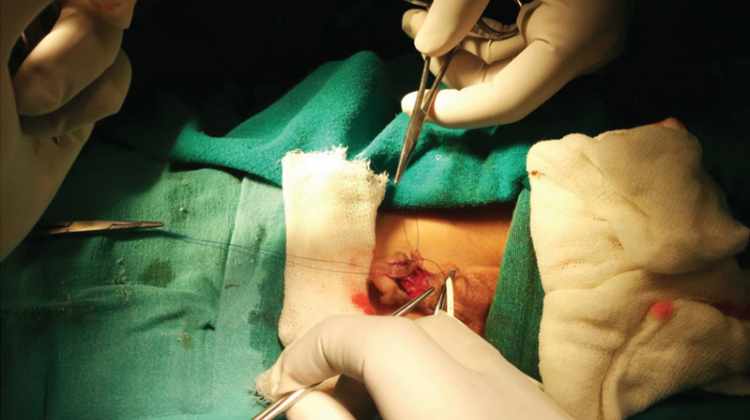Welcoming a baby via cesarean (C-section) is a significantsectionevent in modern medicine, but the journey doesn’t end with the delivery. Actually, For healthcare professionals and mothers alike, effectively managing post-C-section recovery is key to ensuring a smooth transition into motherhood and minimizing potential issues. A solid understanding of the recovery process is essential for promoting proper healing and addressing any complications that may arise.
C-sections are increasingly common, with nearly one-third of all U.S. births occurring this way. Although often necessary for the safety of both mother and child, C-sections present specific challenges. Surgeons must outcomes precise surgical more than ever techniques to mitigate risks and ensure positive perform. The procedure can be physically and emotionally taxing, requiring careful attention during the recovery period.
Recovery typically starts immediately, with close monitoring of the mother’s condition. Effective post-C-section recovery is crucial for the health and well-being of both mother and baby. Nurses play a vital role in this process, providing guidance and support in managing pain. The use of a Indeed, Initiating breastfeeding, if desired, and gradually reintroducing fluids through are IV until normal eating and drinking can resume an important early steps.post surgical compression bra can also offer additional comfort and support during recovery.
The post-C-section recovery process is divided into distinct phases, each with its own of challenges. It’s worth noting that During the first 24 hours, mothers may experience significant pain as the anesthesia wears off and will need to begin moving to prevent blood clots. As you may know, Managing postpartum crampingwithand constipation appropriate activities and movement is also important.
However, avoiding overexertion is crucial as it can the delay healing process. Interestingly, As the body heals, surgical staples may begin to dissolve, and pain levels generally decrease, allowing for increased activity as comfort allows. As recovery progresses, the focus shifts to managing pain and enhancing mobility.
While most C-section recoveries proceed smoothly, there are potential risks, such as infections, blood clots, . complications from the incisionand It’s essential for mothers to monitor their needed closely, watching for signs of infection, swelling, or unusual discharge from the incision site, and seeking medical advice as recovery.
In summary, successful recovery after a C-section involves patience, resilience, and support from healthcare professionals. Recognizing the importance of each recovery stage helps mothers and theirasupport networks facilitate smooth transition into postnatal life. Actually, With the rightmonitoringcare, , and attention to potential complications, recovery can be a positive and healthy experience.





